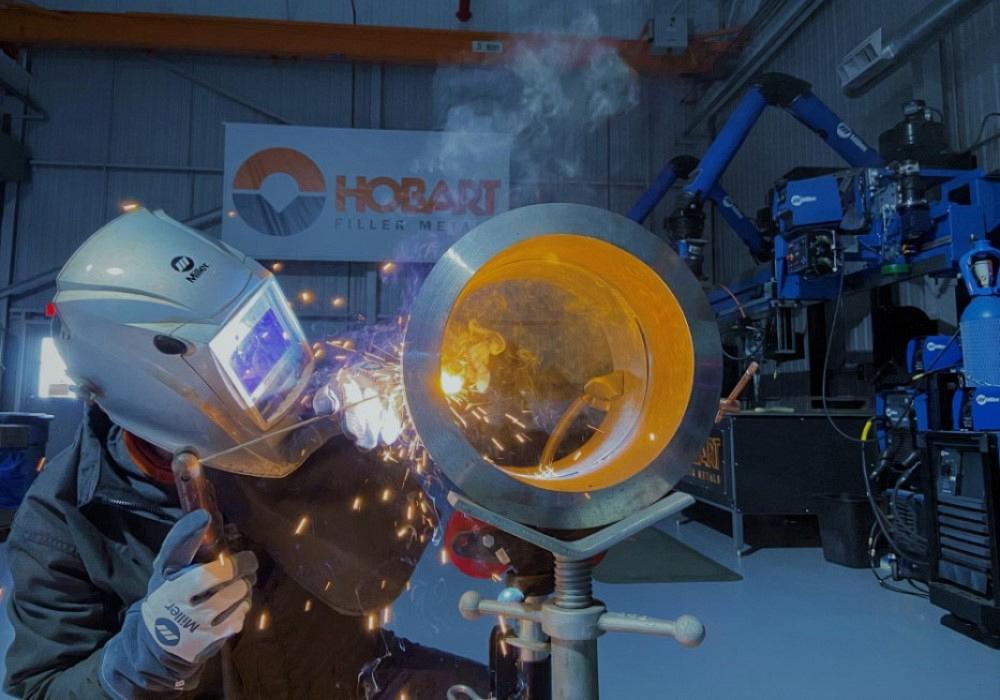Necessary Tips for Welders: Avoiding Undercut Welding and Ensuring Stronger Weld Joints
In the world of welding, achieving durable and strong weld joints is the foundation of creating premium work. One common challenge that welders usually experience is undercut welding, which can compromise the honesty of the weld joint.

Comprehending Undercut Welding
Undercut welding is a typical welding defect that takes place when the weld steel falls short to correctly fill the groove and results in a groove-like clinical depression along the weld grain. This issue damages the weld joint, making it vulnerable to cracking and failing under stress and anxiety. Damaging can be created by various factors, including too much welding current, high welding rate, inappropriate electrode angle, incorrect electrode dimension, and bad welding technique.
Among the primary reasons for undercut welding is a discrepancy in between the welding current and the welding rate. If the welding current is too high or the welding rate is also quickly, the weld steel might not effectively load the groove, leading to damaging. Furthermore, making use of an electrode that is also big can cause a comparable result, as the excess steel can not properly flow right into the groove.
To stop undercut welding, welders need to guarantee they are making use of the appropriate welding parameters, preserve an appropriate electrode angle, select the suitable electrode size, and practice correct welding techniques. By dealing with these variables, welders can decrease the threat of undercutting and produce more powerful, a lot more trusted weld joints.
Proper Welding Technique
Efficient welding technique plays a critical function in making sure the top quality and honesty of weld joints. One basic element of correct welding method is preserving the proper angle and range in between the welding weapon and the workpiece.
In addition, a constant and steady hand activity is vital for creating solid and resilient weld joints. Welders ought to intend for smooth, consistent movements to make certain also circulation of the weld product. Proper manipulation of the welding weapon and filler product is also vital to accomplishing ideal penetration and fusion.
Furthermore, controlling the heat input and choosing the ideal welding criteria based on the material being welded are essential consider attaining top notch welds - Preventing weld undercut. Welders should adhere to the recommended setups provided by welding treatment specifications and readjust them as needed based on the particular needs of the task. By mastering correct welding strategies, welders can considerably improve the toughness and dependability of their weld joints
Choosing the Right Electrode
When thinking about the value of picking the right electrode in welding applications,Maintaining the right angle and range in between the welding weapon and the work you can try these out surface is basic. The selection of electrode plays an important function in establishing the top quality and toughness of the weld joint. Electrodes come in various types, each designed for particular purposes and materials.
Firstly, selecting the suitable electrode diameter is important. Thinner electrodes appropriate for welding thin materials, while thicker electrodes are better for thicker materials and greater warm applications. Matching the electrode size to the density of the workpiece assists achieve a well balanced weld.
Secondly, comprehending the material structure of the electrode is crucial. Different electrodes are created for welding certain materials like steel, stainless steel, aluminum, or cast iron. Using the correct electrode product makes certain excellent blend and lessens company website the danger of problems in the weld.
Lastly, considering the welding placement and strategy is vital when selecting the electrode type. Particular electrodes are much better fit for above or vertical welding placements, while others work well for level or straight positions. Picking the ideal electrode based on the welding strategy improves the overall weld top quality and stability.
Preparing the Base Steel
To make sure a successful welding process, what first actions should be taken when preparing the base metal for welding? Furthermore, any kind of existing weld material or residue from previous welding need to be removed to guarantee a tidy surface area for the new weld.

Performing Post-Weld Assessments

After carrying out these evaluations, welders need to compare the results against sector criteria and task demands to make sure that the weld joint satisfies all required criteria. Any kind of insufficiencies or discrepancies discovered throughout the post-weld examination must be immediately dealt with through ideal rehabilitative procedures to guarantee the weld's honesty. By carefully carrying out post-weld evaluations and promptly resolving any type of issues, welders can promote the high quality and reliability of their job, ultimately adding to the security and longevity of the bonded structures.
Verdict

In conclusion, protecting against undercut welding and making sure stronger weld joints need a combination of correct welding technique, picking the best electrode, preparing the base steel correctly, and performing post-weld evaluations. By recognizing the causes of undercut welding and applying the required preventative measures, welders can produce high-grade weld joints that meet sector standards and make sure the architectural integrity of the bonded parts.
Undercut welding is a common welding flaw that occurs when the weld metal stops working to properly fill up the groove and results in a groove-like clinical depression along the weld bead (Preventing weld undercut). Undercutting can be triggered by numerous factors, including too much welding existing, high welding speed, incorrect electrode angle, incorrect electrode dimension, and inadequate welding strategy
One of the main reasons for undercut welding is an inequality in between the welding current and the welding speed. If the welding current is as well high or the welding rate is also quickly, the weld steel may not sufficiently load the groove, leading to damaging.Keeping the correct angle and distance between the welding gun and the workpiece is essential when taking into consideration the relevance of choosing the right electrode in welding applications.
Comments on “Efficient Ways to Prevent Weld Undercut in Your Welding Projects”